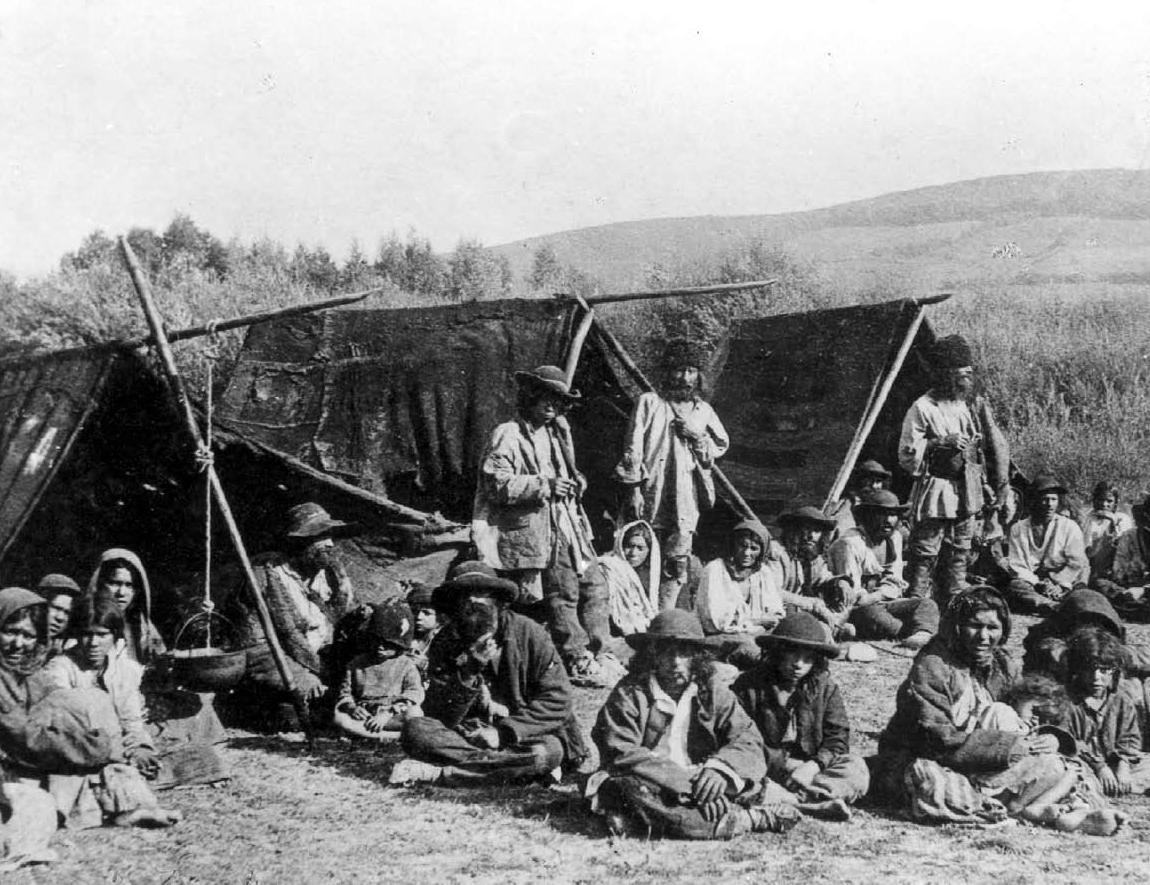
OCT 24, 2013 12:00 PM ET //
Their names are as mysterious as their origins: Often called the Roma or the Romani people, they're also known as gitanos in Spain, Kale in Finland and Portugal, Manush or gitan in France and Travelers in Scandinavia.
And almost everywhere they go, they're referred to -- somewhat pejoratively -- as gypsies, a people who have migrated throughout the world over the course of several centuries.

How long have humans been walking the planet? Turns out, the answer is in our genes! Trace explains.
DCI
The Roma have one of the most dramatic stories in human history, but few people know their ancient tale of travel, persecution and survival. Here are five intriguing facts about the Romani people:
1. The Roma originated in India
There's a wealth of evidence -- from genetics as well as linguistics -- that the Roma are originally a Hindi people from northern India. Many of the words and grammatical rules of the Romani language are virtually identical to those of the Hindi language. (Top 10 Mysteries of the First Humans)
NEWS: New Language Discovered in India
A 2012 study, published in the journal Cell Biology, analyzed genomic data from 13 Romani communities across Europe. The researchers concluded that the Roma people left northern India about 1,500 years ago; those Roma now in Europe migrated through the Balkans starting about 900 years ago. These data confirm written reports of Roma groups arriving in medieval Europe in the 1100s.
2. There are about 12 million Roma worldwide
After leaving northern India, most Romani went to Europe: In some Eastern European countries, such as Romania and Bulgaria, they form up to 12 percent of the total population. The Roma are also numerous in Turkey, which has about 2.75 million Romani, according to The New York Times: Other European countries with large Roma populations include Russia, Slovakia, Hungary, Serbia, Spain and France.
Though concentrated in Europe, there are also Romani populations on every occupied continent -- about 1 million live in the United States, and roughly 800,000 in Brazil. But no matter where they go, the Roma seem to be unwelcomed.
Alan: For perspective, there are about 18 million Jews in the world. The Jewish Virtual Library estimates the number at 14 million. http://www.jewishvirtuallibrary.org/jsource/Judaism/jewpop.html
3. The Romani faced horrific persecution
Shortly after arriving in Europe, the Romani were enslaved in many regions, a cultural heritage that continued into the 19th century in countries like Romania. In England, Switzerland and Denmark, the Romani were put to death throughout the medieval era. Many countries, such as Germany, Italy and Portugal, ordered the expulsion of all Romani.
There are countless reports of Roma children being abducted from their parents, women who had their ears cut off, and Romani who were branded with hot irons. In an effort to force assimilation, the use of their native language was forbidden in some countries; other places forbade the Roma to marry among themselves.
Perhaps the most devastating persecution of the Romani occurred during World War II, when they were among the first targets of Nazi atrocities, according to the BBC. An estimated 2 million Romani died in concentration camps and through other means of extermination.
In the post-war era, the Romani remained an oppressed group, especially in the Soviet Union. As recently as the 1980s, Roma women in Czechoslovakia were forced to undergo sterilization to limit the Romani population.
4. Roma culture is a rich and fascinating collage
The Romani are often celebrated for their musical heritage, which has influenced jazz, bolero, flamenco music, as well as classical composers including Franz Liszt.
While it's believed that the Roma were originally Hindu, over the centuries, most Romani have adopted the religions of their host countries. The majority of Roma communities now practice a form of Islam or Christianity that retains some Romani influences.
Traditional Roma society still arranges marriages between minors as young as 12, according to the BBC. Teenage brides are sometimes bartered and traded between Roma communities, an activity that has alarmed European officials concerned with human trafficking.
A 2006 report by the Organization for Security and Cooperation in Europe (OSCE) also found that some Roma communities practice child trafficking; children have reportedly been engaged for labor, petty crime and sexual exploitation.
5. The Romani remain an oppressed group
Many Romani avoid assimilation with the larger societies of their host countries -- this may be a legacy of centuries of persecution. Because of their isolation, many Roma children do not attend school; Romani typically lack access to stable jobs, affordable housing, health care and other social services. As a result, poverty, disease, substance abuse and crime plague many Roma communities.
For these and other reasons, the Romani remain a persecuted minority, including those living in affluent European countries with enviable social services. Authorities in Italy have denied housing to Roma families -- even those born in Italy -- on the grounds that people living in cheap, makeshift metal containers in isolated Roma camps already have permanent housing, according to the Guardian.
This month, protests erupted in France after authorities detained a Roma teenage girl at school; soon thereafter, she and her entire family were deported to Kosovo. In the past year, about 10,000 Roma were expelled from France after their camps were destroyed, according to the Baltimore Sun.
The European Union has threatened to take legal action against France for these recent expulsions, and the plight of the Roma community -- who are frequently the targets of violence by neo-Nazi and other racist groups -- has attracted the attention of human rights groups.
"This community crosses time and space with its traditions, and we in Europe have trouble to integrate them," Alain Behr, a lawyer who has defended the Roma, told The New York Times. "Yet they have preserved their tradition, which is one of survival."

No comments:
Post a Comment